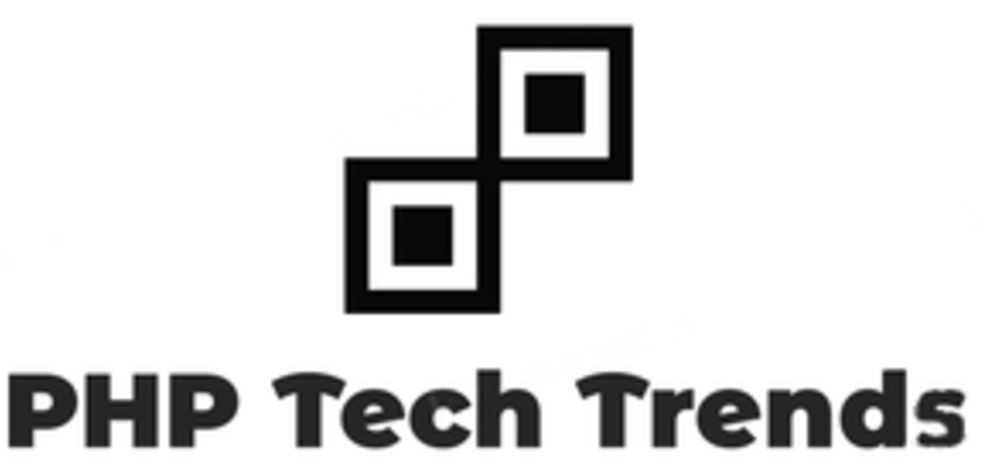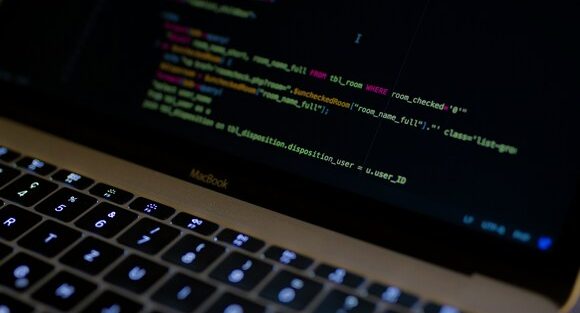Welcome to the world of photo editing applications, where creativity knows no bounds! PHP, a versatile and powerful scripting language, plays a vital role in developing cross-platform photo editing apps. In this blog post, we will dive into the realm of PHP for creating innovative and user-friendly photo editing applications that cater to a global audience. Whether you’re a seasoned developer or just starting out, join us on this exciting journey to explore the benefits, challenges, popular apps, and expert tips for building successful cross-platform photo editing applications with PHP. Let’s unleash your creativity and technical prowess together!
What is PHP and its Role in Web Development?
PHP, which stands for Hypertext Preprocessor, is a widely-used open-source scripting language that is particularly suited for web development. Its syntax is similar to C and Perl, making it easy to learn and use for developers of all levels. PHP can generate dynamic page content, interact with databases, handle forms, and perform various other tasks required for web applications.
One of the key roles of PHP in web development is its ability to create interactive and engaging websites. By embedding PHP code within HTML pages, developers can seamlessly blend dynamic elements with static content. This versatility enables the creation of feature-rich websites that cater to user interaction and customization.
PHP’s compatibility with different operating systems like Windows, macOS, Linux makes it a popular choice for cross-platform development. Its flexibility allows developers to build robust web applications that can run smoothly across various devices and platforms without compromising performance or functionality.
Benefits of Using PHP for Cross-Platform Photo Editing Applications
PHP, known for its versatility in web development, offers a myriad of benefits when it comes to creating cross-platform photo editing applications. One of the key advantages is its compatibility across different operating systems, making it easier to reach a wider audience. Additionally, PHP’s open-source nature allows developers to access a vast selection of libraries and resources to enhance their app’s functionality without starting from scratch.
PHP enables seamless integration with databases like MySQL, facilitating efficient data management in photo editing applications. Its scalability ensures that as your app grows in users and features, PHP can handle the increased workload effortlessly. Furthermore, PHP’s robust community support means developers have access to continuous updates and security patches to keep their apps running smoothly.
Leveraging PHP for cross-platform photo editing apps not only streamlines development but also ensures flexibility and reliability throughout the application’s lifecycle.
Challenges Faced by Developers in Creating Cross-Platform Photo Editing Apps
Developers face various challenges when creating cross-platform photo editing apps. One common hurdle is ensuring consistent user experience across different operating systems and devices. This requires extensive testing to address compatibility issues and optimize performance.
Another challenge is integrating complex image processing functionalities while maintaining app responsiveness. Balancing advanced features with smooth usability can be a delicate task that demands meticulous attention to detail.
Developers must navigate the intricacies of handling large file sizes and preserving image quality during editing processes. Efficient memory management and robust algorithms are essential for seamless performance in handling high-resolution images.
Managing user data security and privacy concerns presents a significant challenge. Implementing secure storage solutions and encryption protocols is crucial to safeguarding sensitive information from potential breaches or leaks.
Overcoming these obstacles requires skilled development expertise, innovative problem-solving strategies, and dedication to delivering a top-notch cross-platform photo editing experience.
Popular Cross-Platform Photo Editing Apps Built with PHP
When it comes to cross-platform photo editing apps built with PHP, there are a few standouts that have gained popularity among users. These apps offer a range of features and functionalities that cater to both amateur and professional photographers alike.
One such app is Pixlr, known for its user-friendly interface and robust editing tools. With options for basic edits like cropping and resizing, as well as advanced features such as layers and filters, Pixlr has become a go-to choice for many users looking to enhance their photos on different devices.
Another popular option is PhotoScape X, which offers a wide variety of editing tools including batch processing, collage creation, and even GIF making capabilities. This app’s versatility makes it a favorite among those who want all-in-one photo editing software without the need for multiple applications.
Fotor is also worth mentioning for its sleek design and easy-to-use tools that allow users to quickly enhance their images with just a few clicks. Whether you’re looking to adjust lighting or add artistic effects, Fotor provides everything you need in one convenient platform.
These cross-platform photo editing apps demonstrate the power of PHP in creating versatile and functional applications that cater to the diverse needs of today’s digital content creators.
Tips for Creating a Successful Cross-Platform Photo Editing App with PHP
When developing a cross-platform photo editing app with PHP, it’s crucial to prioritize user experience. Keep the interface intuitive and user-friendly across all devices to ensure seamless editing.
Optimize your app for performance by implementing efficient coding practices and leveraging caching techniques. This will help enhance speed and responsiveness, providing users with a smooth editing experience.
Consider integrating cloud storage options for easy access to photos from any device. This can improve the overall usability of your app and attract more users looking for convenient solutions.
Stay updated with the latest trends in photo editing technology to incorporate innovative features that set your app apart from competitors. Offering unique tools and filters can make your app more appealing to users seeking creative options.
Testing is key – regularly test your app on different platforms to identify and fix any compatibility issues that may arise. By ensuring consistent performance across various devices, you can maintain user satisfaction and retention levels high.
Conclusion
PHP is a versatile and powerful tool for developing cross-platform photo editing applications. Its flexibility, compatibility with various operating systems, and vast community support make it an excellent choice for developers looking to create innovative apps that can be used seamlessly across different devices.
By leveraging the benefits of PHP and following best practices in app development, developers can overcome challenges and build successful cross-platform photo editing applications that cater to the needs of users worldwide. So, if you are considering building a photo editing app that works on multiple platforms, PHP is definitely worth exploring as your go-to programming language.

